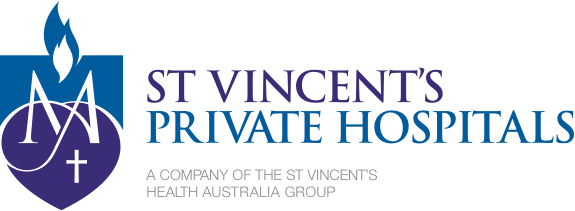
- Home
- Services
- Cardiac Services
- Procedures and Treatments
- Right Heart Catheter (RHC)
What is right heart catheter (RHC)?
Right heart catheterization is a medical procedure that evaluates how well your heart is pumping blood throughout your body. It measures blood pressure and oxygen levels in the right side of your heart and your lungs. This procedure can diagnose and manage various heart conditions such as cardiomyopathy, heart failure, heart valve disease, and pulmonary hypertension. During the procedure, a catheter is guided through a vein to the right side of your heart, measuring the pressure along the way. It can also be used to administer heart medication if needed.
What does it do?
Right heart catheter is a medical procedure that is used to investigate how well your heart is working. It is a useful way to understand how well blood flows through your heart and to measure the pressure inside your heart and lungs. All this information helps your doctor understand more about your heart condition and the best available treatment pathway.
How does it work?
As the catheter travels towards your heart, pressure measurements are taken in your arteries and the upper and lower chamber on the right side of your heart. Indirect pressure measurements can also be taken for the left side of your heart. Right hand catheter can also determine the volume of blood pumped per minute. Depending on the results, your doctor may also administer heart medication in the same procedure to see how the heart responds.
Why is it performed?
Right heart catheterization is performed to diagnose and manage several heart conditions that include:
It is also used as part of the evaluation for heart transplant surgery to ensure that conditions are optimal for a donor heart. After heart transplant surgery, it may be used to take biopsies to make sure the new heart has not been rejected.
Procedure
Right heart catheter is generally performed using a local anaesthetic, so patients are awake throughout the procedure. The procedure typically takes less than one hour.
- You will be connected to a heart monitor to record your heart rate, blood pressure and blood oxygen levels
- After a local anaesthetic is administered, a catheter is gently inserted
- The catheter is guided along your vein towards your heart
- Pressure readings are recorded from your heart and lungs
- Medication may be given if required
- The catheter is removed
Recovery
After the procedure you will be monitored while you recover. Your doctor will talk to you about the results and recommend the best course of treatment. Patients can generally return to their daily activities the following day, although heavy lifting should be avoided for the next 24 hours.
What's next?
If you have been experiencing heart-related symptoms, book an appointment with our cardiac services specialist today.
Our specialists in Cardiac Services
View all specialists





